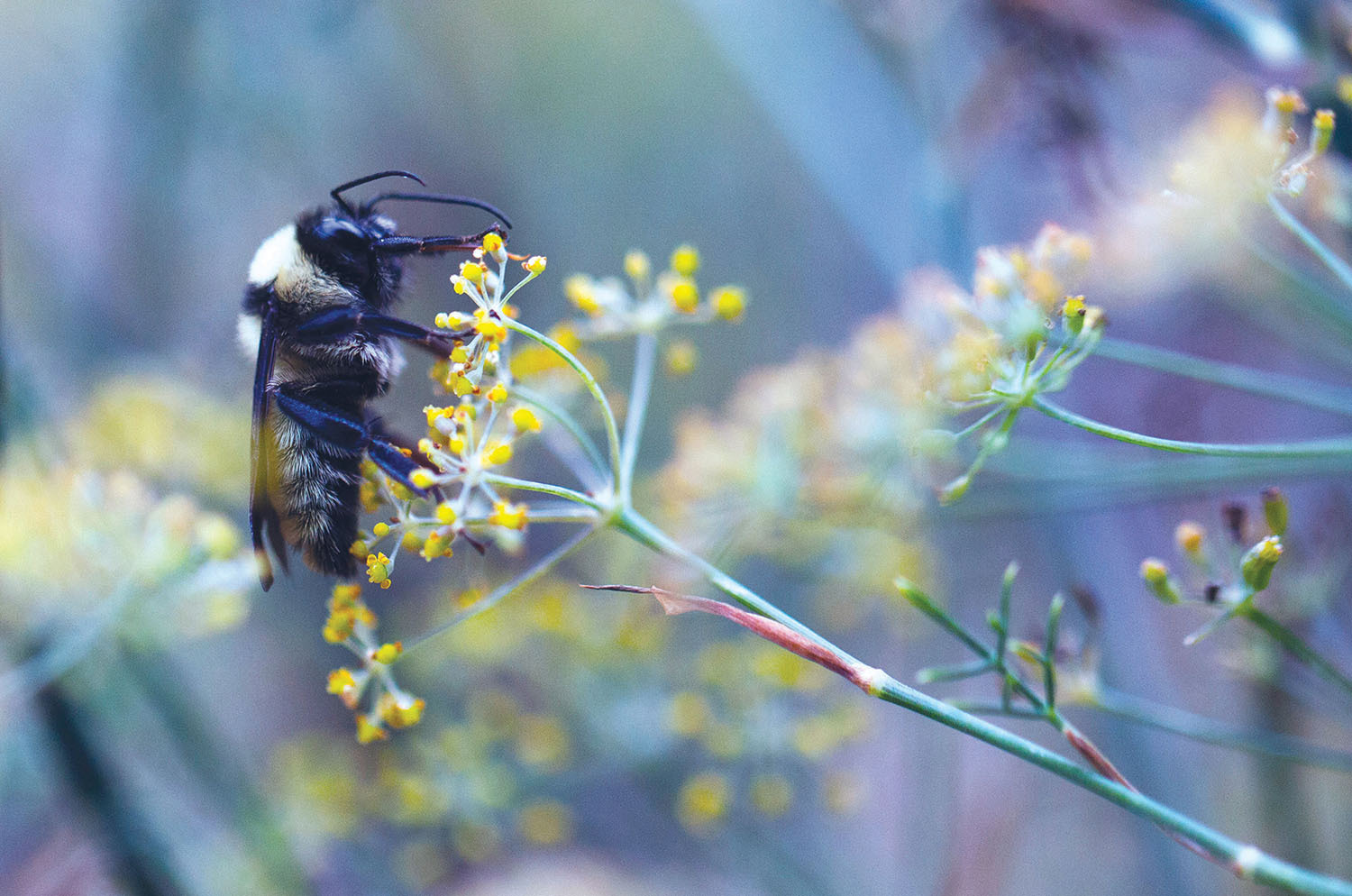Biodiversity is all around, and it is prevalent in every aspect of life. From the biggest creatures flying overhead to the tiniest bugs under foot, Bowling Green is brimming with different layers of diversity in nature.
However, biodiversity is more than just what meets the eye.
National Geographic defines biodiversity as the variety of living species on Earth, including plants, animals, bacteria and fungi. This definition is applicable to any living space on Earth, including campus.
Keith Philips, a professor from the WKU biology department, has spent his life recording the biodiversity of bugs across the world. Holding a doctorate in entomology, he said having layers of biodiversity is important on campus.
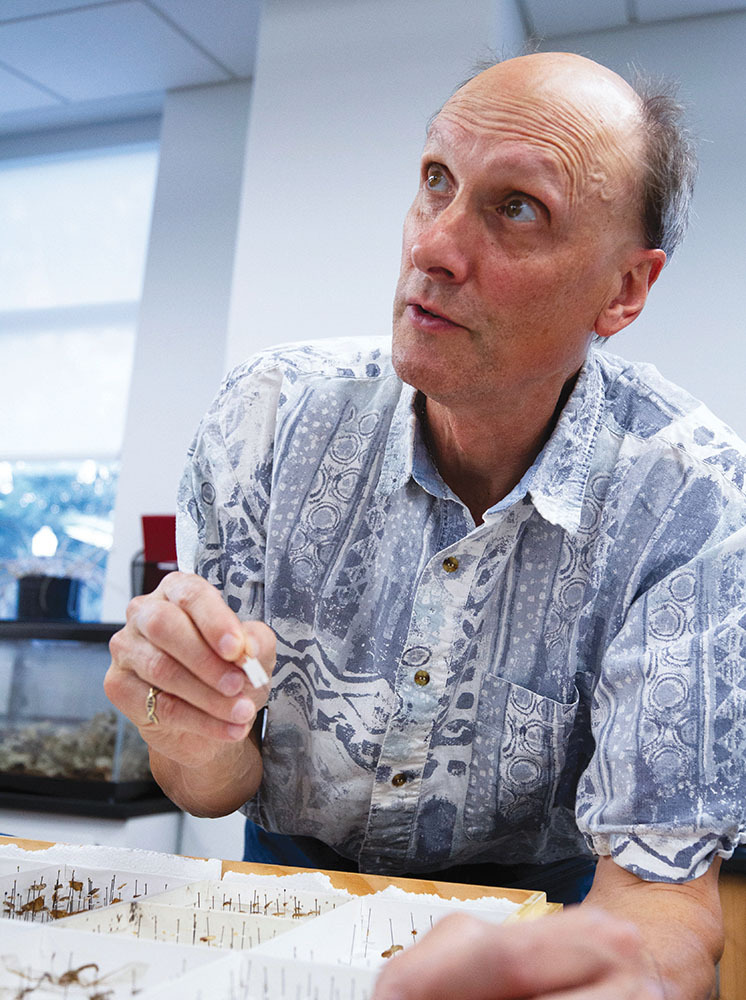
Biodiversity allows for an ecosystem to survive, as it is the way an ecosystem develops and carries on, Philips said. Philips’ work focuses on beetle species, but he is able to admire some of the biodiversity around campus. From salamanders to bees, Philips said he has seen some interesting creatures in Bowling Green’s ecosystem.
“It is not spectacular, but there are cool things here,” Philips said.
Bowling Green allows for mini ecosystems to exist, as it is the middle of a city, he said. Instead of a full-fledged ecosystem one might find in a forest, Bowling Green and WKU exhibit that on a smaller level. The urbanization of the landscape makes it harder for bigger ecosystems to occur, Philips said.
However, Philips also said because of the way humans are interacting with the environment, the amount of rare bug species that are living in Bowling Green is dwindling. With industrialization occurring in cities more frequently and higher amounts of trash being produced, ecosystems are affected.
Monarch butterflies, which adorn some Kentucky license plates, are no longer seen frequently in Bowling Green, Philips said.
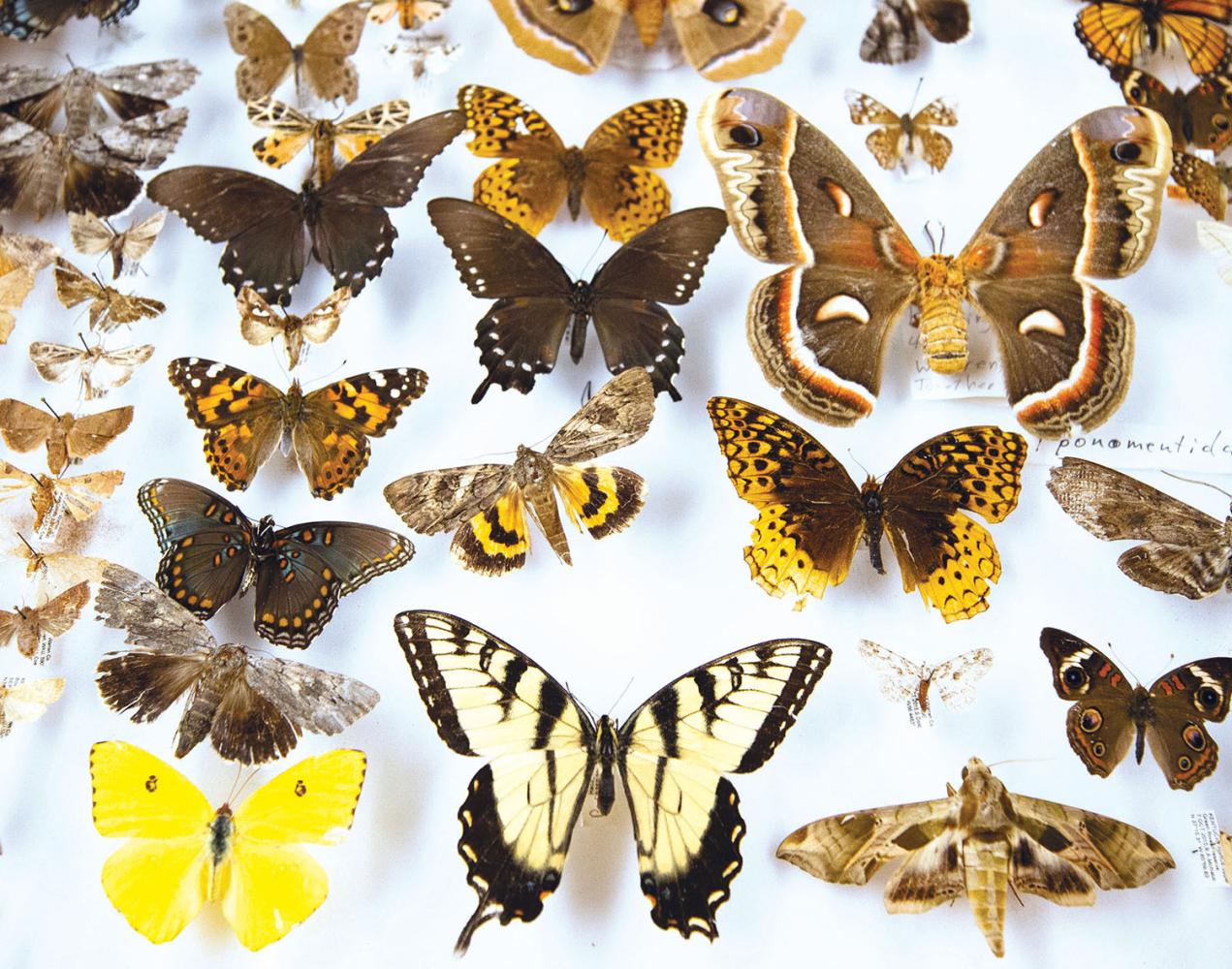
The loss of native species is one aspect of the bigger issue of climate change, Philips said.
“I don’t even call it climate change anymore. Just look at the storms, the flooding — it’s just continuous in the news, frankly, every week,” he said. “That’s on us.”
Philips said that the climate crisis is one of the reasons that the lack of biodiversity is becoming more prevalent throughout the world. With Philipsí main research being in Peru and Costa Rica, he said the climate crisis is becoming more and more pertinent in countries closer to the border as well. The rising temperatures and devastating flooding have partially caused many animals, like beetles and bees, to become endangered or extinct.
The American bumblebee, which pollinates and produces honey, is one such animal, Philips said. It was labeled by the U.S. Fish and Wildlife Service as an endangered species in 2021. Additionally, the rusty patched bumblebee, native to North America, was added to the extinction list in 2018.
Philips said these bees are some of the main pollinators for flowers and plants in campus or the country. Without their presence, many plants and animals would cease to exist, proving they play a pivotal role in the ecosystem. This is why biodiversity is something anyone should want to protect and maintain, Philips said.
“It’s like a bunch of candles all lit, and you can snuff out one, and you can snuff out two,” he said. “But, you know, eventually, you snuff out so many that the room is completely dark.”
Philips said humans are just one part of the bigger picture of biodiversity, but he believes humans act as though they are the most important factor. He said that if people continue to snuff out all the biodiversity, humans won’t be able to grow crops or other foods and eventually won’t be able to survive.
One organization on campus that is actively working to prevent this is the Horticulture Club. Louisville sophomore Meara Wilcox is the current vice president of the club and is majoring in environmental, sustainability and geographic studies.
The Horticulture Club is a welcoming environment without a lot of requirements, Wilcox said. It meets often at the greenhouse on campus to take care of its plants, propagate new ones and learn about the environment.
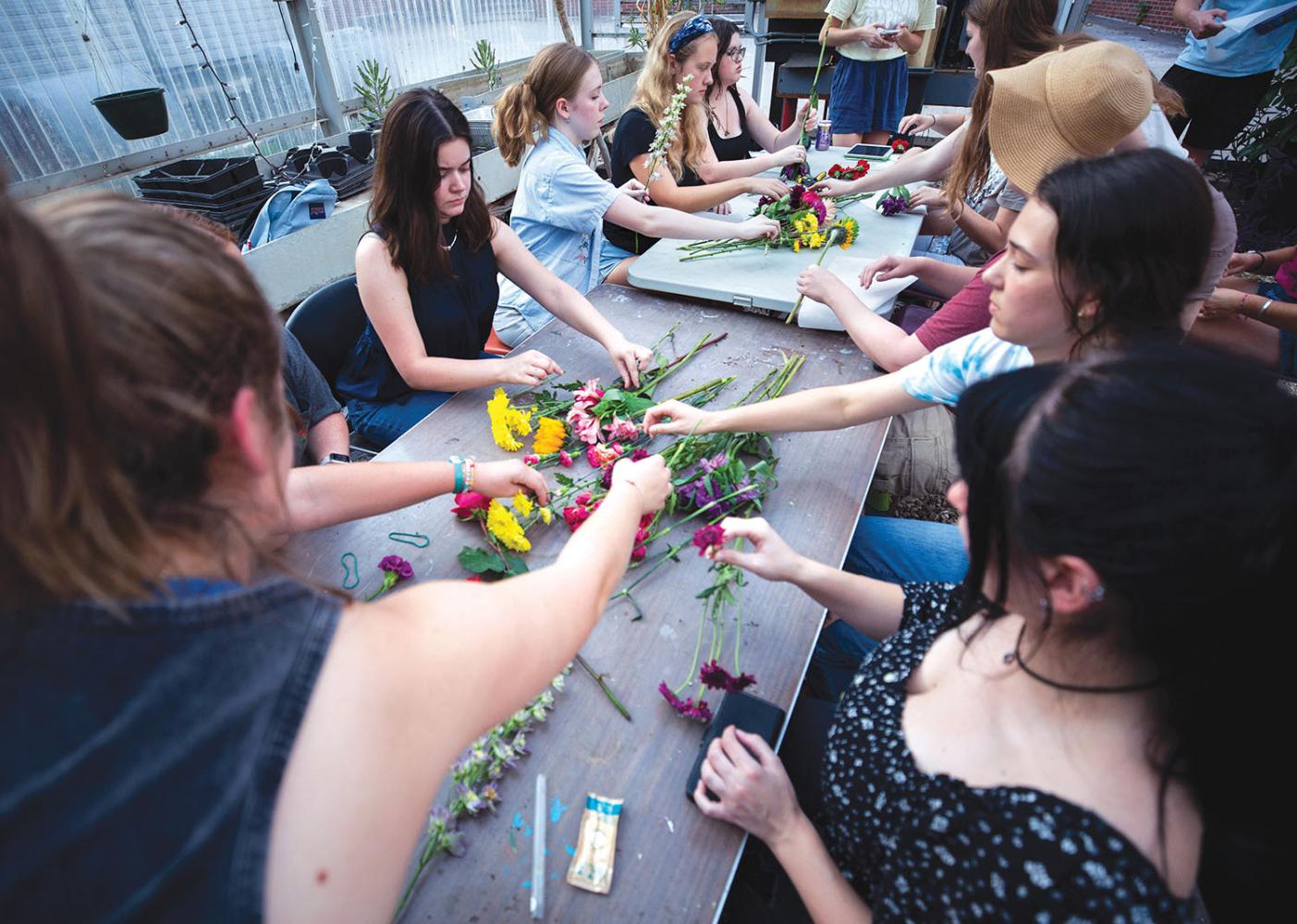
Bringing members from all different majors, the club allows students to express their love of plants and learn to better take care of them, she said.
Wilcox said the club also hosts speakers each semester who talk about the importance of plants in the environment, the importance of soil when growing plants, natural pest management and more.
Through the Horticulture Club and her work within her major, Wilcox grasps the importance of varying plants and animals within ecosystems.
Everything needs variation — without it, it’s harder for the rest of the organisms that interact with all the different organisms to survive. Just one species of tree would not be a thriving ecosystem because not every type of bug or animal can live in that tree, Wilcox said.
“They all need each other to create biodiversity within one area,” she said. “There has to be tiny little moss on the tree compared to a giant oak tree with ferns growing and flowers. It all has to exist in an area for it to be successful.”
One way biodiversity was reintroduced into WKUís campus is with the pollinator garden, which was founded by the Ecology and Conservation Club and the Student Government Association.
Originally a project dreamt up by the Horticulture Club, the pollinator garden was designed to be a safe spot for some native Kentucky species as well as a space for students to relax and enjoy nature, Burlington senior and Ecology Club president Vivian Rivera said.
After getting the Ecology Club involved in the project, Rivera said she reached out to Wilmore senior Will Hemenover, the then SGA chair of sustainability.
“It was two different people coming together with the same idea, but with two different points,” Rivera said.
The Student Government Association was able to take this project off the ground and get the funding for it, Worthville junior and sustainability council member Mallory Hardesty said. With the funding from SGA and the knowledge of the Ecology Club, the pollinator garden was made possible. The garden now sits between the Fine Arts Center and Potter Hall.
However, the organizations ran into some issues when trying to establish the garden. Hemenover said there are specific requirements as to what embellishments can be put on campus grounds. For example, blue plants are prohibited, Hemenover said.
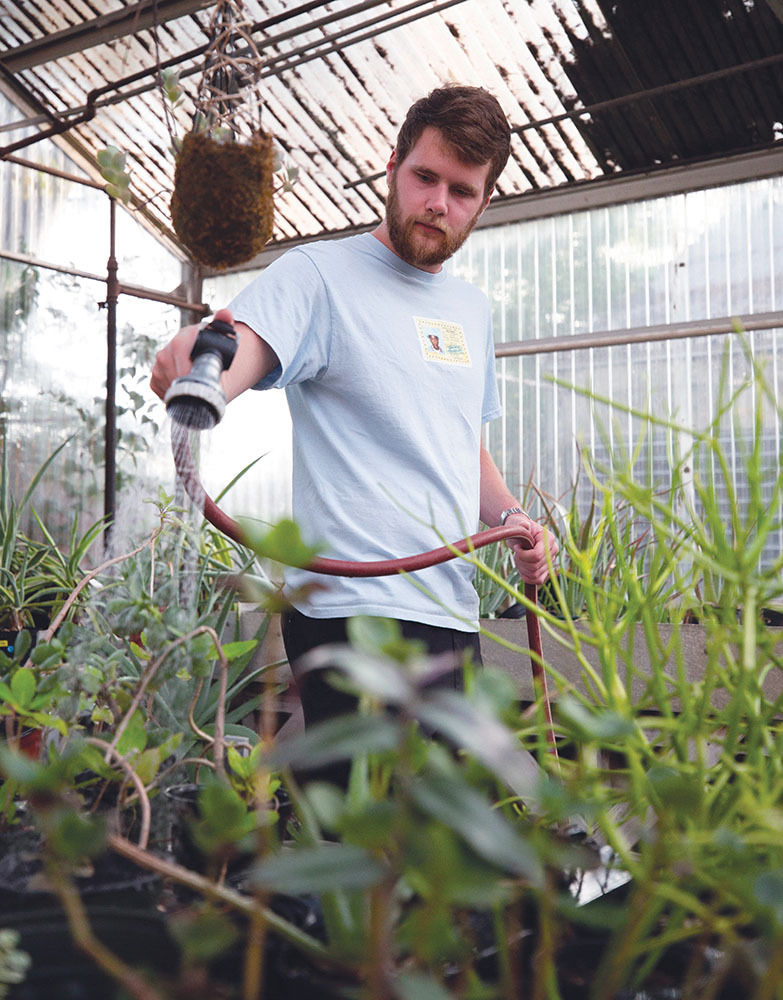
Campusís visual aesthetic tends to be what is in the forefront of minds, not the way it interacts with the environment, Rivera said. Despite this, Rivera and Hemenover were able to choose plants for the garden that met all requirements while promoting natural biodiversity in the area.
“We all just got together, and we just brainstormed as to what native species we would like to see. Targeting different pollinators like bees, butterflies, all those. But then also to add a little color, so it’s not all one color,” Rivera said.
Rivera said the garden officially broke ground in the summer of 2023, and has been home to over 10 native plant species, such as wild bergamot and royal catchfly, as well as native pollinators like the monarch butterfly, ever since.


